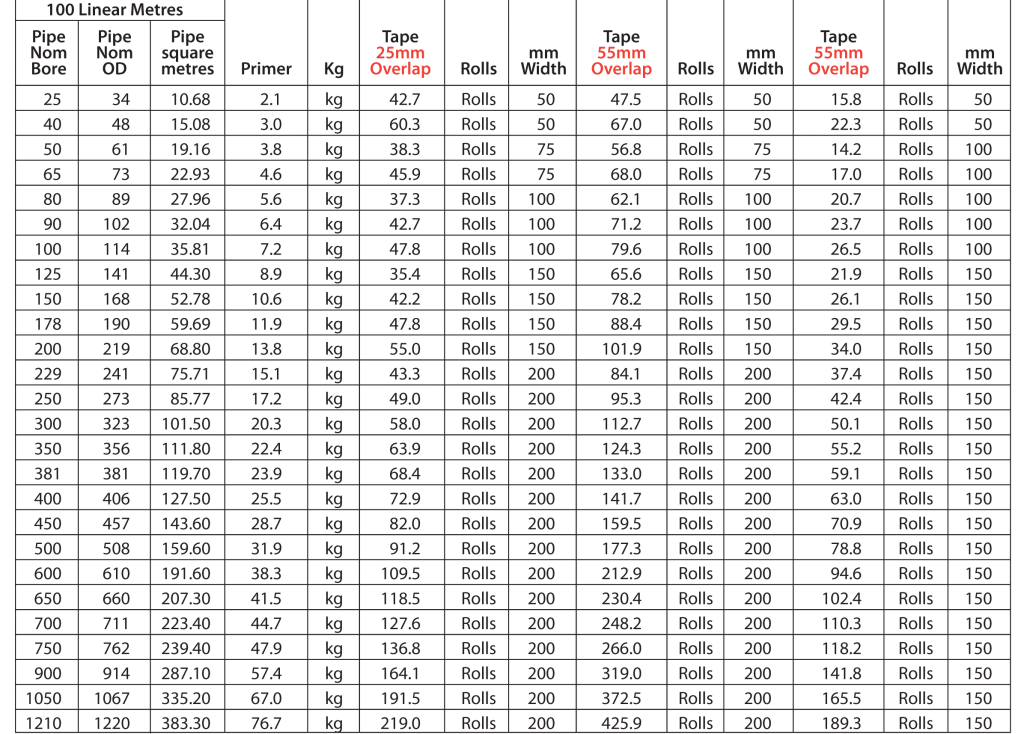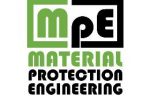GUARDIAN PETROLATUM SYSTEMS
GUARDIAN Petrolatum System
Since 1929, Petrolatum Tapes have provided effective corrosion protection performance in highly corrosive environments.
The GUARDIAN Petrolatum System utilises this proven technology, combining the features of true surface tolerance, ease of use, and the ability for this system to be applied above and below water. The GUARDIAN Petrolatum System provides 30+ Years of Corrosion Protection Performance.
BENEFITS
Surface Tolerance: Only requiring a minimally prepared substrate, the GUARDIAN Petrolatum System provides assured long term performance. Whilst it is claimed that many liquid coatings are ‘surface tolerant’, none can match the proven performance in effectiveness and longevity of the GUARDIAN Petrolatum System under challenging and adverse conditions.
Uniform Film Thickness: Unlike liquid coatings where the film thickness diminishes at the edges, the film thickness is consistent across the entire surface profile.
Conformability and Impact Resistance: Highly conforming and easy to use, the GUARDIAN Petrolatum System allows for intimate surface contact across the entire substrate.
Wide Ranging Resistance: The system is highly resistant to salt, acids, alkalis and microbial attack.
No Curing Time: Ready for immediate service after installation.
Solvent Free: The system is safe to use in confined space and hazardous areas. No VOCs.
SYSTEM COMPONENTS
GUARDIAN Petrolatum Primer prepares the surface, filling in minor surface imperfections.
GUARDIAN Petrolatum Mastic profiles sharp projections and fills crevices.
GUARDIAN Petrolatum Tape encapsulates the profiled substrate in an impermeable plastic sheath.
GUARDIAN Overwrap PVC Tape provides additional mechanical strength to the system.
GUARDIAN Overwrap UV Tape (optional) provides UV protection.
APPLICATIONS
Above and below ground pipework, steelwork, ‘sweating’ pipes and tanks, tie rods, duct sealing.
MANUFACTURING STANDARDS
The GUARDIAN Petrolatum System is manufactured in strict compliance with the AWWA C217-04 and NACE RP0375-2006 Standards.


